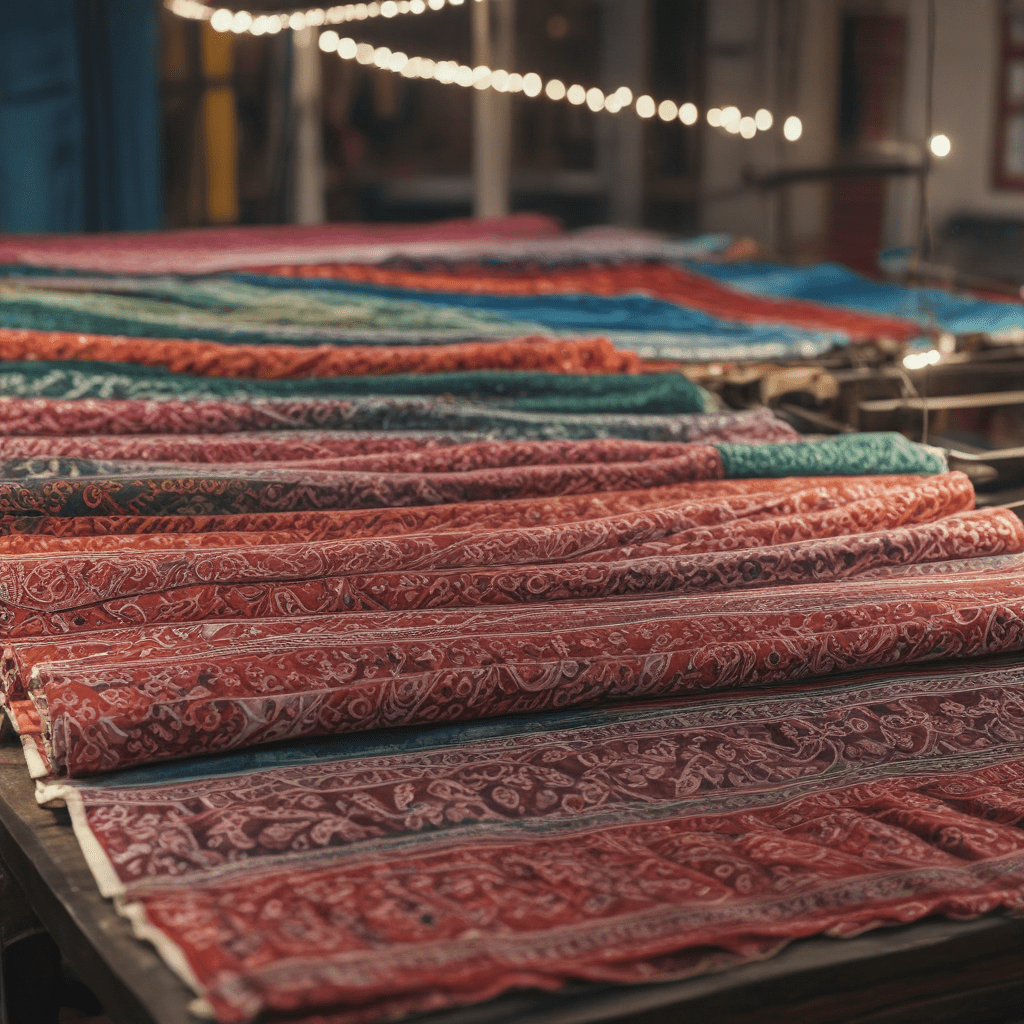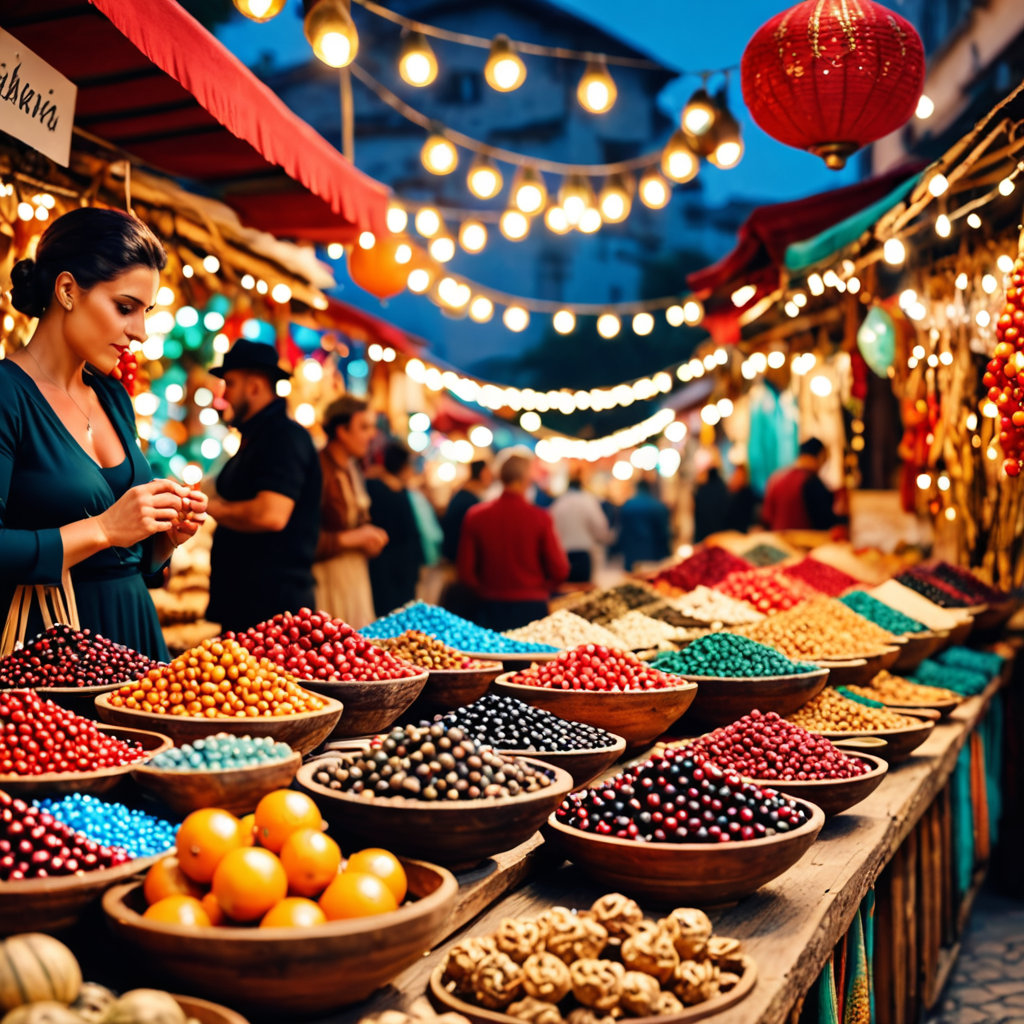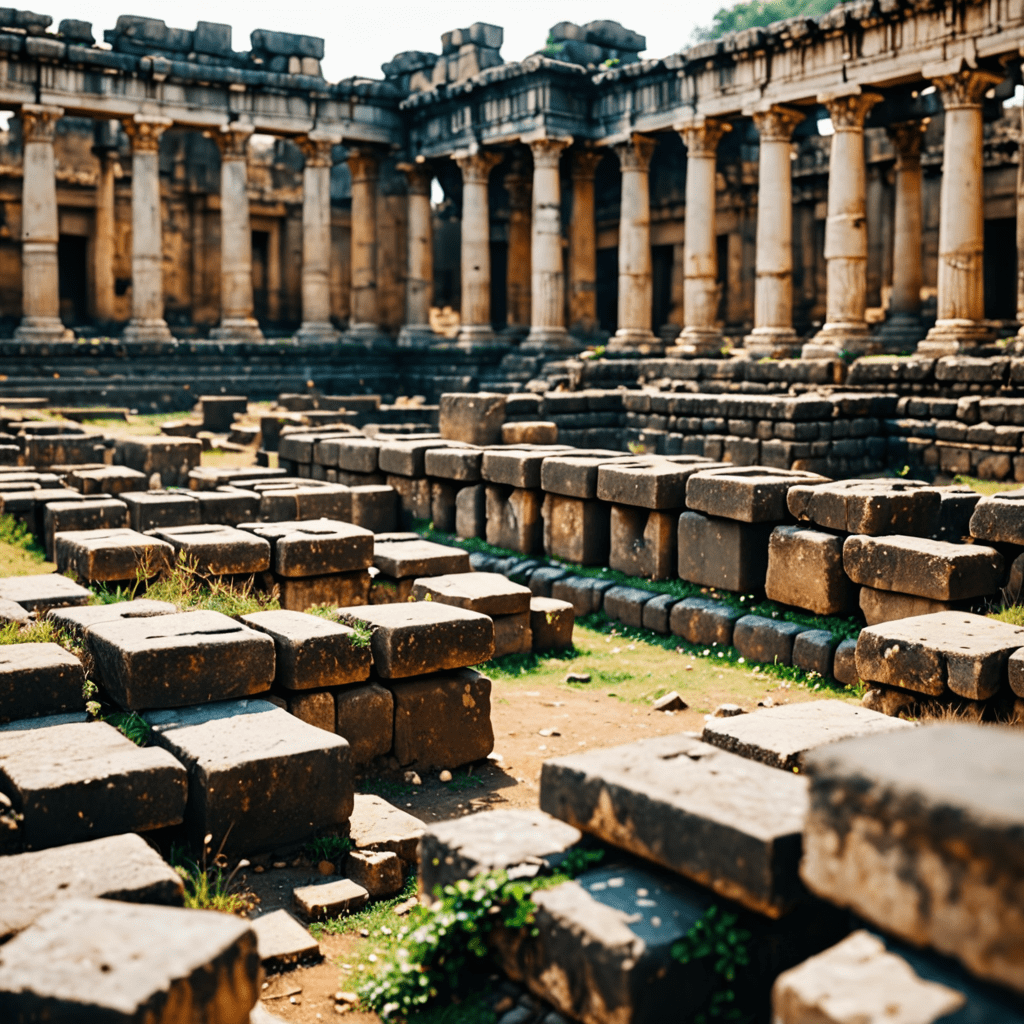Traditional Textile Printing in Bangladesh
Introduction:
Bangladesh boasts a vibrant and rich tradition of textile printing, showcasing its cultural heritage and artistic prowess. From intricate block prints to vibrant hand-painted designs, traditional textile printing techniques have been passed down through generations, creating a remarkable legacy that continues to captivate the world today.
History and Origin of Traditional Textile Printing:
The roots of traditional textile printing in Bangladesh can be traced back to ancient times, with evidence of printed fabrics dating back to the 14th century. Inspired by neighboring regions such as India and Persia, early printing techniques involved the use of natural dyes and hand-carved wooden blocks. Over the centuries, these techniques have evolved, incorporating influences from various cultures and artistic traditions.
Regional Variations and Techniques:
Bangladesh's diverse cultural landscape is reflected in the regional variations of traditional textile printing. In the north, Nakshi Kantha embroidery and Jamdani weaving showcase intricate needlework and delicate designs. The southern region is renowned for its vibrant hand-painted Saris, while the eastern and western regions specialize in block printing and appliqué work, respectively.
Natural Dyes and Pigments:
Traditional textile printing in Bangladesh relies heavily on natural dyes extracted from plants, flowers, and minerals. Henna, turmeric, indigo, and lac are some of the most commonly used dyes, providing a rich and vibrant color palette. These natural dyes not only contribute to the aesthetics of the fabrics but also possess cultural and medicinal significance.
Traditional Motifs and Designs
Traditional textile printing in Bangladesh is characterized by its distinctive motifs and designs, often inspired by nature and cultural symbols. Floral patterns, paisleys, geometric shapes, and intricate borders are common motifs found on printed fabrics. These designs are often imbued with cultural significance, representing auspicious signs, religious symbols, or local traditions.
Printing Methods: Block Printing, Screen Printing, Hand Painting
Various printing methods are employed in traditional textile printing in Bangladesh. Block printing involves the use of carved wooden blocks dipped in dye and pressed onto the fabric. Screen printing utilizes stencils to create intricate designs, while hand painting allows for freehand artistic expression. Each method produces unique effects, adding to the diversity and beauty of the printed textiles.
Cultural Significance and Uses
Traditional textile printing holds deep cultural significance in Bangladesh, representing ethnic identity and festive occasions. Printed fabrics are used for garments, home décor, and ceremonial purposes. Saris, lungis, and gamchas are some of the most popular garments adorned with traditional prints. During festivals and special events, printed textiles add a vibrant touch to celebrations.
Challenges and Preservation Efforts
Like many traditional crafts, textile printing in Bangladesh faces challenges in the face of modernization and changing consumer preferences. However, there are ongoing efforts to preserve and revitalize this art form. Artisan cooperatives, government initiatives, and international collaborations aim to promote traditional textile printing, ensuring its continuity for future generations.
Contemporary Applications and Innovations
While traditional techniques remain the foundation of textile printing, contemporary artists and designers are exploring innovative applications and designs. Traditional motifs and patterns are being incorporated into modern fashion, homeware, and lifestyle products. Digital printing techniques are also being used to create unique and vibrant textile designs, expanding the boundaries of traditional textile printing.
Conclusion
Traditional textile printing in Bangladesh is a testament to the country's rich cultural heritage and artistic traditions. From its origins in ancient times to its contemporary applications, this art form continues to captivate with its intricate designs, natural dyes, and cultural significance. Preservation efforts and innovative approaches ensure that the legacy of traditional textile printing in Bangladesh will continue to thrive for generations to come.
FAQs
Q: What is the most common printing method used in traditional textile printing in Bangladesh?
A: Block printing is the most prevalent method, involving the use of carved wooden blocks to create designs.
Q: What are the main natural dyes used in traditional textile printing?
A: Henna, turmeric, indigo, and lac are among the most commonly used natural dyes, providing a vibrant and eco-friendly color palette.
Q: How is traditional textile printing used in Bangladeshi culture?
A: Traditional printed fabrics are worn as garments (e.g., Saris, lungis) and used in home décor and ceremonial occasions, showcasing cultural identity and festive spirit.
Q: What are the challenges faced by traditional textile printing in Bangladesh?
A: Modernization, changing preferences, and global competition pose challenges, but efforts are underway to preserve and revitalize this art form.
Q: How is traditional textile printing being innovated and applied in contemporary times?
A: Traditional motifs and patterns are being incorporated into modern fashion and lifestyle products, and digital printing techniques are expanding the possibilities for unique designs.



